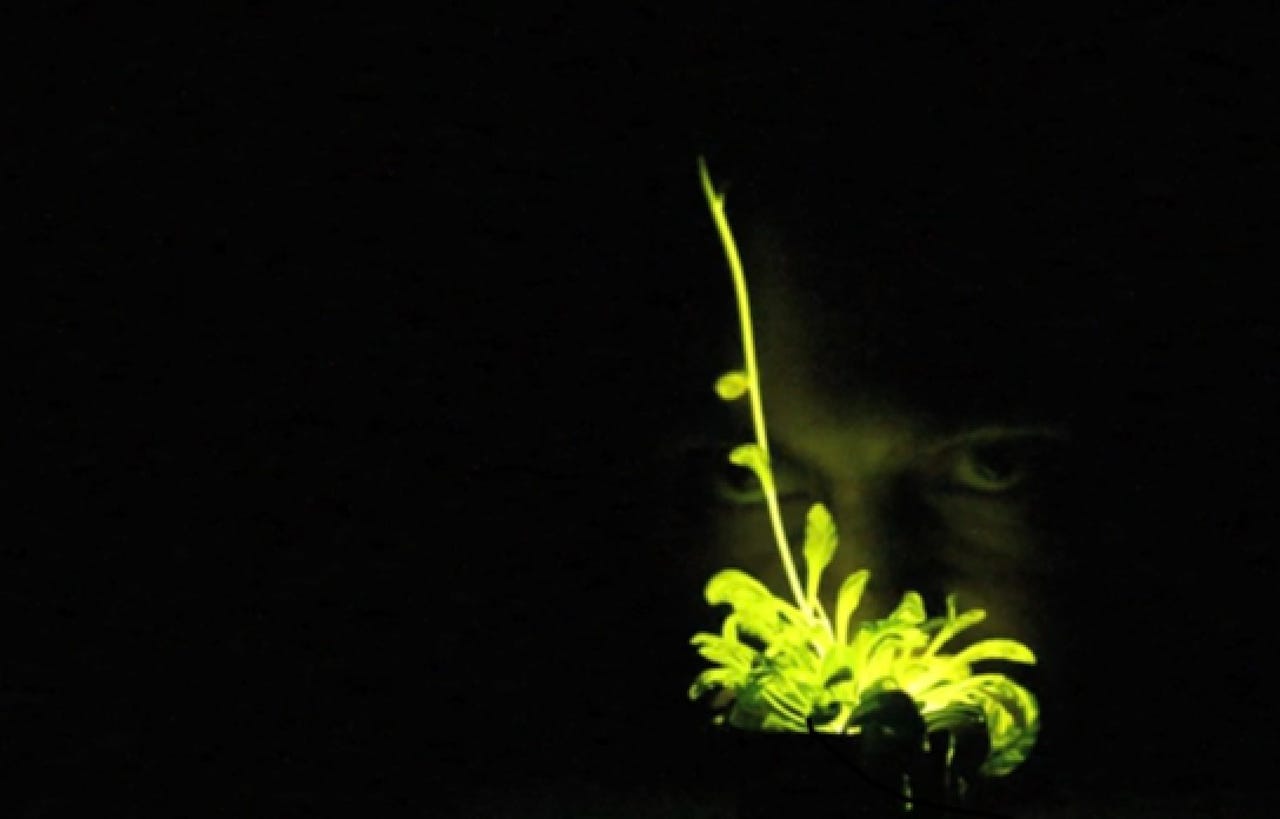Five biotech inventions the US is not ready for (in pictures)

Engineered bacteria
For companies such as Synlogic, bacteria represents a way to evolve how we view and use drugs.
The company is developing what it calls "synthetic biotics," which are genetically engineered bacteria strains that can "correct" metabolic problems in the body, in the hopes of tackling rare genetic metabolic diseases, tumors, inflammatory bowel disease (IBD), cancer, diabetes, and obesity.
These purpose-built germs could provide an alternative to traditional drugs, but will likely pose a problem for regulators -- not only in the interest of controlling new medical products but also because agencies will have to tackle the issue of such biotics entering waste and water systems.
Genetically engineered animals and food
The UK's cloned sheep Dolly, glow-in-the-dark mice, a genetically modified breed of cow which produces less methane, and salmon genetically altered to grow faster are only some examples of how we have already genetically altered animals for our own ends, but as worldwide food demands increase, so has research into this field.
The US FDA has recognized the trend and earlier this year issued a set of draft proposals (.PDF) to control this kind of research.
While the FDA wants to review every genetically-engineered animal in separate cases similar to how the agency currently tackles drugs, academics and researchers have expressed criticism at the proposed changes becoming a burden for future research projects.
Laboratory meat products
With the carbon footprint of livestock expected to double in 2050 from 1999 levels, reducing the volume of animals we need can be a critical factor in preserving what is left of our environment.
Cultured meat reduces our reliance on natural resources and could assist in keeping up with global food demands -- with Memphis Meats already producing duck and chicken meat without the originals -- but the safety and viability of offering synthetic meat alternatives to consumers remains up in the air, not only for businesses but the regulators that will ultimately take responsibility.

Glowing plants and perfumed moss
Plant life is also being explored beyond increasing nutritional values or shelf life to appeal more to consumers. Green City Solutions' CityTree, for example, uses engineered moss to improve the air quality of modern cities, while Fragrant Moss combined the DNA of different plants to create sweet-smelling plants for the home.
Glowing plants and genetic experiments to extend the life of flowers are also in development, and while they may not be harmful to humans, the question regulators must ask is what would happen should these genetically engineered plants enter the natural ecosystem.
Gene drives
Gene drives can potentially be utilized not only to stop the spread of certain pathogens such as malaria, Zika, and Lyme disease but also as a way to eradicate pests in isolated ecosystems.
However, it may be premature to use gene drives to combat these issues, and regulators will likely face a headache of serious proportions in attempting to create rules around a concept which could destroy ecosystems and local communities should such schemes go wrong.